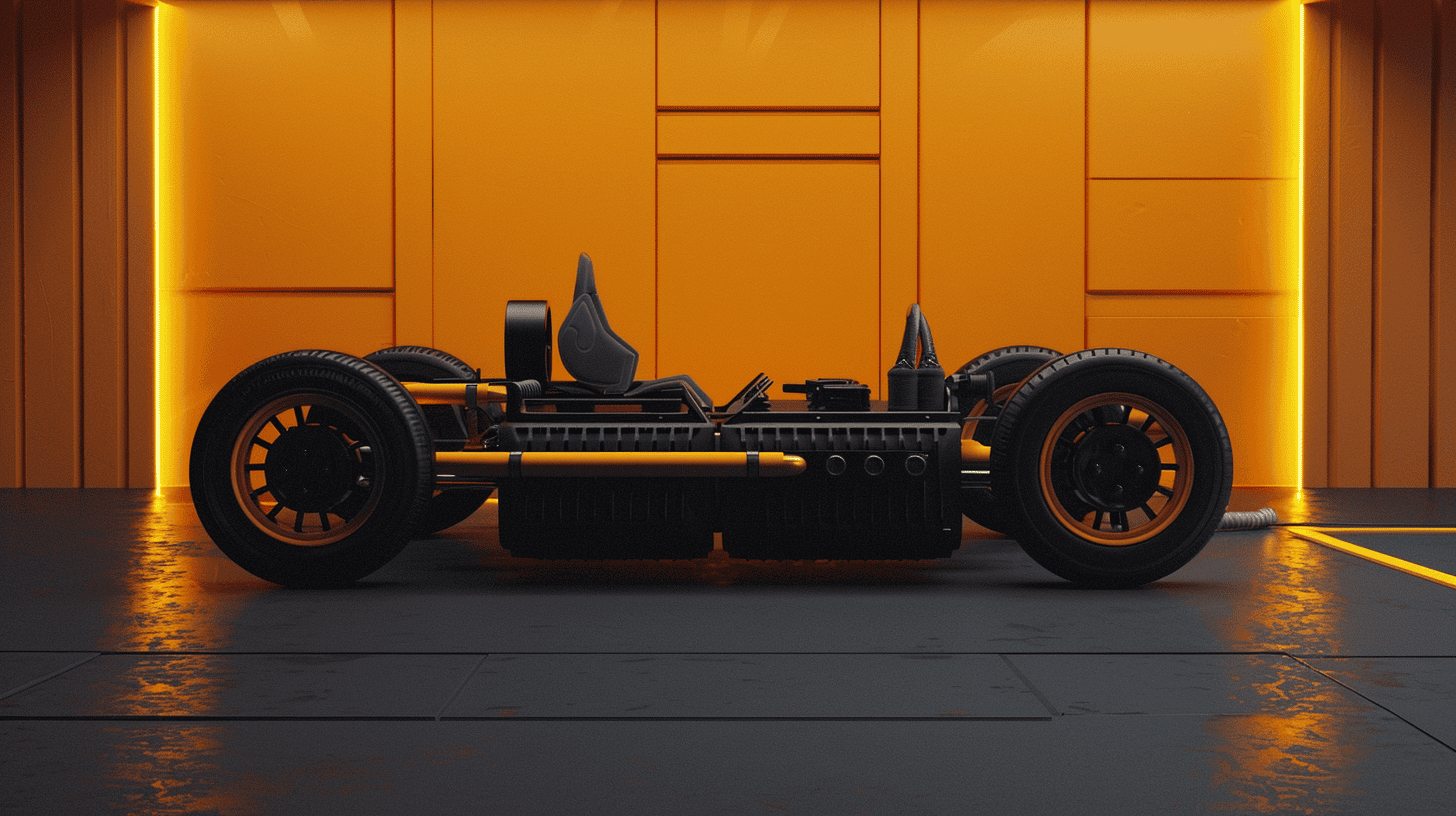
Lithium is currently used in the glass industry, lubricants, and also in the pharmaceutical industry. Due to its relatively high energy density, however, lithium is first and foremost an important component of modern batteries for smartphones, e-bikes, cars, and laptops. This is why the demand – and therefore price – has risen steadily in recent years. It was expected that the demand for lithium would also continue to rise if the demand for electric cars continued to rise, which might in turn lead to supply shortages.
But that did not happen. On the contrary. Since the beginning of 2019, this trend has reversed and the price of this valuable raw material has fallen by 13%. Subsequently, the high for the year 2018 has already been made up for and the price is back to the same level as it was in August 2016.
According to the Financial Times, in recent months the market has been flooded with lithium from Australian mines, which means that the lithium from previous “monopolists” Chile and China was less in demand. Consequently, the profits of the Chilean company SQM, the second-largest producer in the world, fell by 50 percent to 70.2 million dollars. While those of the largest Chinese producer, Tianqi Lithium, were even 85 percent below that of 2018 during the first half of 2019. In addition, the demand in China has also drastically declined since the government abolished subsidies for electric cars.

Excess Supply artificially boosted?
According to Miningscout, however, the excess supply hypothesis is primarily driven by an agreement between SQM and the Chilean economic development agency Corfo. SQM extracts lithium via brine from Salar De Acatama in the north of the country. “The permitted production volume was increased to 400 kilotons per year until the early next decade,” the website quotes Rodney Hooper, the expert for electromobility and battery metals for the South African BEE (Black Economic Empowerment) economic initiative. More than 50 percent – 216 kilotons – could be accounted for by SQM. “By investing $525 million, SQM could theoretically add 132 kilotons of production capacity per year by 2021.”
However, SQM and its competitor Albermarle have had to reduce the extraction of brine in the east of Salar for several reasons, and Hooper now believes that both companies will not be able to meet their self-imposed production line targets due to problems ranging from environmental regulations to the political situation. For 2025, Hooper expects a total output for both companies to be about 160 kilotons per year, well below the forecast of 400 kilotons.
However, this strategic agreement between SQM and Corfo could now result in “SQM fostering the excess supply theory with its temporary negative market trends so that there is enough time to start production before competitors and junior players have the opportunity to do so at lower total costs.” At a current trading price of $20,000 per ton of lithium carbonate and operating costs of $8,000 per ton, SQM would very soon no longer be one of the world’s largest lithium producers. Meanwhile competitors calculate a price between $3,000 and $5,000 per ton.
Incidentally, Germany signed a lithium agreement with Bolivia last year, as it was afraid of supply shortages in case Germany wanted to continue to speed up production in the field of electromobility.








